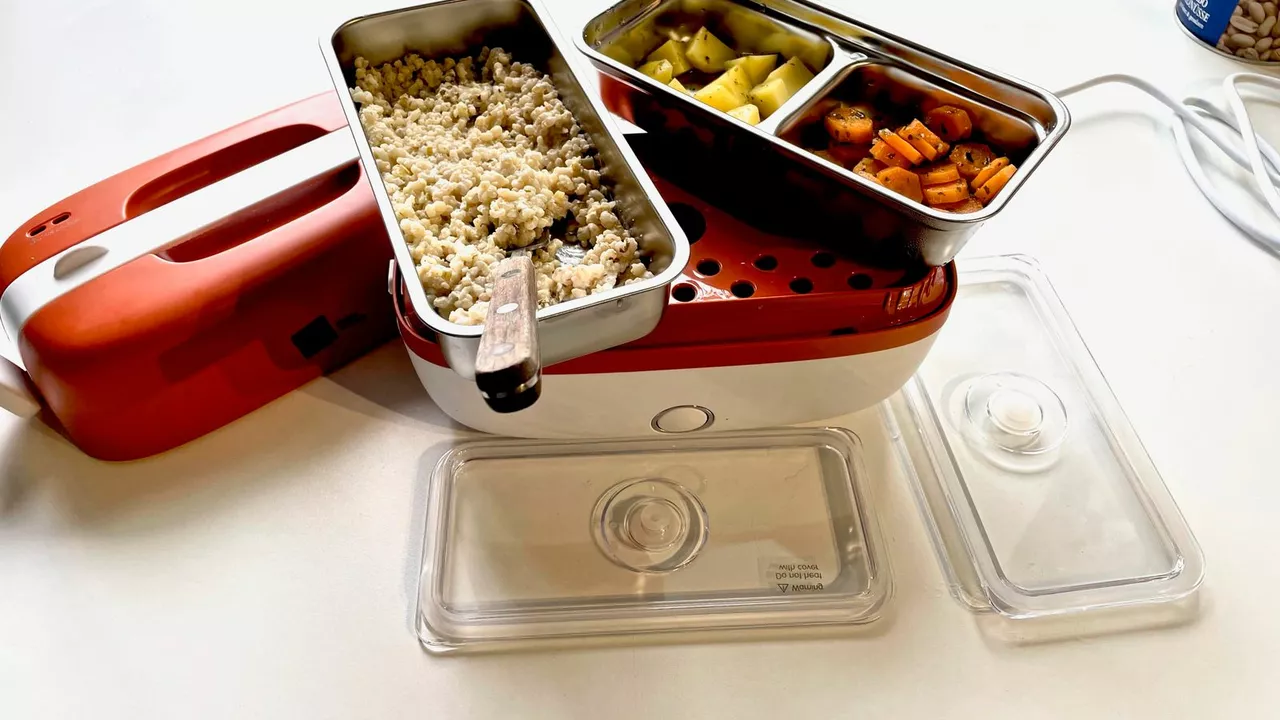Health and Nutrition Tips for Everyday Meals
Want to make your meals healthier without giving up flavor? You don’t need a fancy diet plan—just a few smart choices in the kitchen. Below are two everyday chicken tips that keep the taste you love while cutting down on extra calories, fat, and sodium.
Steaming Chicken: A Low‑Fat Option
Steaming might sound like a boring cooking method, but it actually locks in moisture and preserves the nutrients that other techniques can wash away. When you steam chicken, you avoid adding oil or butter, so the protein stays lean. The result is juicy meat that’s easy to shred for salads, wraps, or a quick stir‑fry.
Here’s a simple way to steam chicken: place a breast or thigh in a steamer basket over boiling water, cover, and let it cook for 10‑15 minutes depending on size. Check that the internal temperature hits 165°F (74°C). While it cooks, you can toss a few herbs—like rosemary or thyme—into the water for a subtle aroma.
Because there’s no added fat, the calorie count stays low. A 4‑ounce steamed chicken breast is roughly 120 calories, compared with 200‑plus calories if you fry it in oil. Plus, steaming doesn’t strip away B‑vitamins or iron, so you get more bang for your nutritional buck.
Portion Control with Rotisserie Chicken
Rotisserie chicken is a convenient, ready‑to‑eat protein, but it can become a calorie trap if you eat the whole bird. The skin adds extra fat, and the seasoning often contains a lot of sodium. The key is to treat the rotisserie bird like any other protein—portion it, pair it with veggies, and balance the rest of your plate.
Start by removing the skin; you’ll shave off a good amount of saturated fat. Then, cut the meat into sensible portions—about a palm‑sized piece per serving, roughly 3‑4 ounces. Pair each portion with a generous helping of non‑starchy vegetables, like broccoli, bell peppers, or a mixed green salad. Add a small side of whole grains—brown rice or quinoa—to make the meal satisfying.If you’re worried about sodium, rinse the meat briefly under cold water to wash off some of the salty coating, then pat dry. You can also drizzle a squeeze of lemon juice or a splash of low‑sodium vinaigrette for flavor without extra salt.
By controlling the portion and adding fiber‑rich sides, you keep the overall calorie load in check while still enjoying the juicy comfort of rotisserie chicken.
These two chicken strategies—steaming and smart portioning—show that you don’t have to sacrifice taste for health. Mix them into your weekly meal plan, and you’ll notice more energy, better digestion, and fewer cravings for processed snacks. Ready to give them a try? Grab a chicken breast for steaming tonight, and keep a rotisserie bird on hand for a quick, balanced lunch tomorrow.
Is steam cooking chicken the healthiest way to cook it?
Well, folks, you know I love a good food debate and today we're steaming up some controversy! We're talking about chicken, specifically, whether steaming it is the healthiest way to cook this feathered favorite. After extensive research (and a few tasty experiments), I can say that it's definitely one of the top methods. Why? Glad you asked! Steaming chicken keeps the meat moist without adding unnecessary fats or oils, preserving those nutritional values we love. Plus, let's be real, who doesn't enjoy a good steam bath every now and then - seems like our chicken friends agree!
Is eating a whole rotisserie chicken bad?
Eating an entire rotisserie chicken can lead to consuming an excessive amount of calories, sodium, and fat. While it is possible to eat an entire rotisserie chicken without reaching an unhealthy level of any of these, it is important to be mindful of the portion size. Instead of eating the entire chicken, it is better to portion out the pieces and eat only what is necessary to feel full. Additionally, it is important to pair the chicken with vegetables and other nutrient-rich foods in order to balance the meal. Eating a rotisserie chicken in moderation is likely not bad for you.

